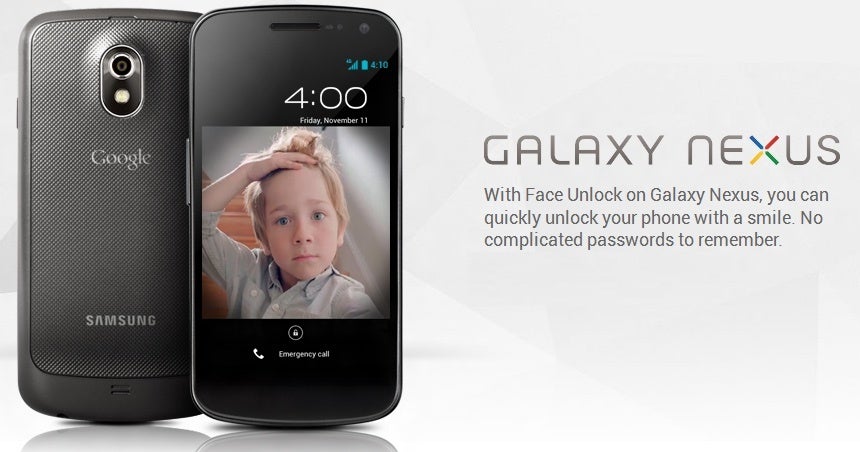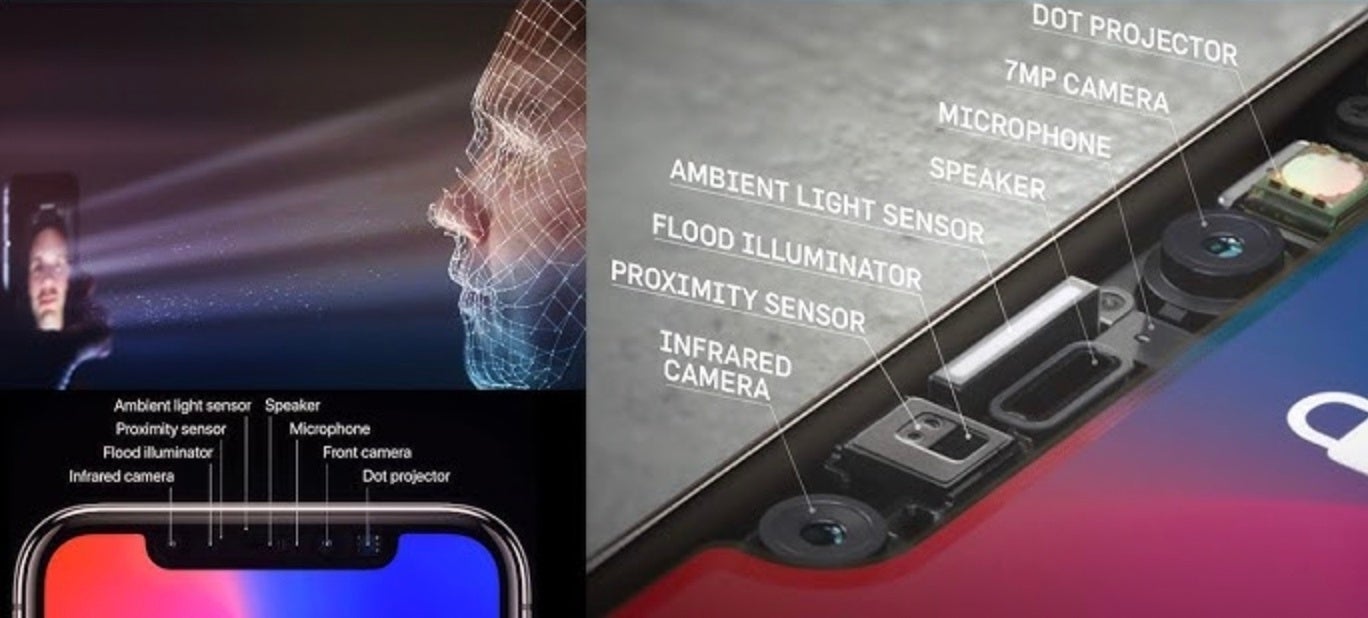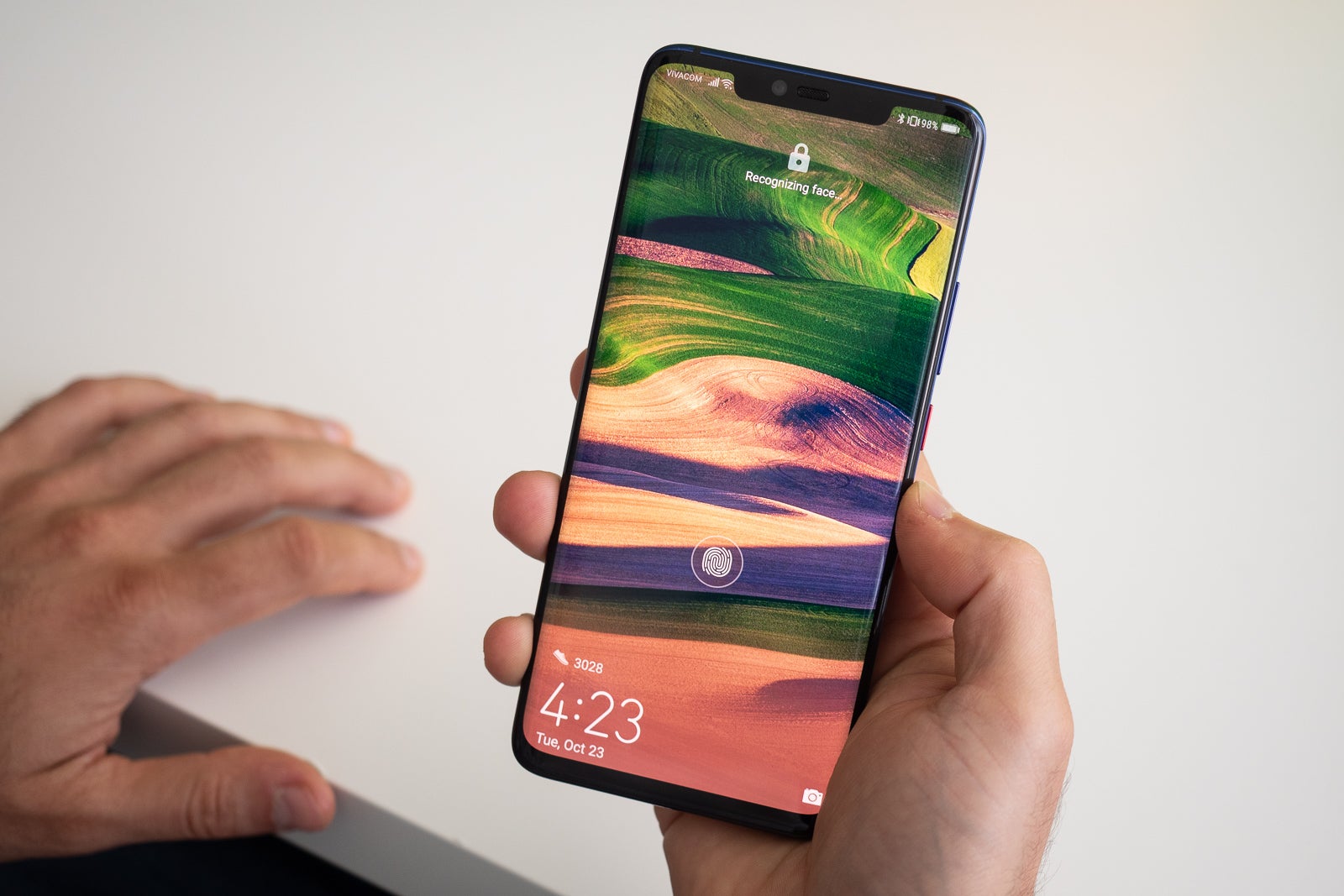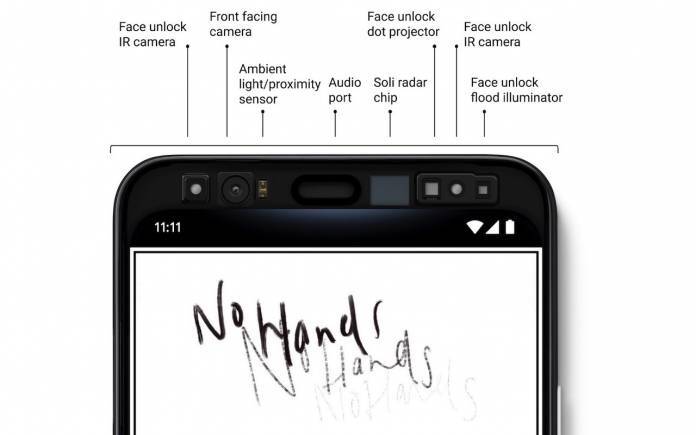Android has written off Face ID way too soon
This article may contain personal views and opinion from the author.

Face recognition has been around on smartphones for more than a decade, but only after Apple introduced Face ID on the iPhone X as a much more secure face recognition method, Android phone makers started paying closer attention.
Fast forward to current days, and those early adopters of the secure 3D face recognition have all abandoned the idea, except for Apple, which is still 100% invested in Face ID.
Why did that happen? And can we count on 3D face recognition coming back to non-Apple phones ever again?
The first phone with face recognition
Android was "first", but it used less secure image-based face recognition

The 2011 Galaxy Nexus introduced Face Unlock as an Android 4.0 feature
It's hard to pin-point one specific device and crown it as the very first one that brought face recognition to smartphones, and the reason is that face identification actually premiered as a software feature, part of a major Android update rather than a device launch. It came with Android 4.0 Ice Cream Sandwich! Back then, it was the Samsung Galaxy Nexus that was the launchpad for this new Android version, so technically this is the device that gets the honor of being "first", but soon after it, dozens if not hundreds of devices were updated to Android 4.0 and also received the functionality. Back then, Google called the feature "Face Unlock".
When we first tested Face Unlock, we were skeptical. Initially, we concluded that Face Unlock"isn't very secure, we confirmed that it will easily be fooled by a picture, and there is another slight trouble with the feature ... it will still work if you have a beard or mustache, but it will be a lot more finicky, and have more trouble recognizing you, especially if you haven't trimmed your beard in a while."
And in case you were curious, all of this was happening in late 2011, more than 10 years ago!
The following year, Google had already improved upon the security of Face Unlock with the Android 4.2 Jelly Bean update, which added an optional extra layer of security it called "Liveness Check", which basically asked users to blink in order for the phone to unlock. With "Liveness Check" enabled, it was much harder, if not impossible, to game Face Unlock with a picture.
That was good progress, however, in the years that followed, Face Unlock seemed to remain an after-thought. Yes, it was still included as a feature in the Android system, but with no real improvements and with a well-documented list of security concerns that prevented many from using it. Those were the times of fingerprint scanners, which were fast, secure enough to use for payments, worked in the dark, and were overall way more reliable. Face Unlock was kind of swept under the rug. Until, the iPhone X.
Face ID was much more than Android's Face Unlock
A revolutionary new system that was hard to copy

The complex Face ID system is a lot more than just a selfie camera
By the time, 2017 rolled by, edge-to-edge screens became the big topic of discussion in Android smartphones. Concepts were flying around of futuristic devices that were all one huge screen, we were talking about metrics like screen-to-body ratio, and even the thought of having a bigger bezel seemed backwards. It was the year after the Note 7 exploding battery fiasco, the era of the Galaxy S8 and the re-born Galaxy Note 8.
Apple being Apple, it dropped the iPhone X out of the blue and I think it's safe to say that not many people expected Face ID to not only arrive as a new feature, but completely replace Touch ID and set the course for the future of iPhones.

(Image Credit - PhoneArena) You can see thousands of dots projected by Face ID if you use an infra-red camera
Face ID, as you are probably well aware, is different from Android's Face Unlock. While Face Unlock uses the front camera and basically scans for a matching photo, Face ID on iPhones is a whole system of sensors including a flood illuminator that projects 30,000 dots to map your face in 3D and that cannot be gamed with a simple 2D image. It's a whole different level of security.
Before Covid arrived, Face ID seemed like a pretty stress-free solution, in many cases far more convenient and faster than a fingerprint scanner.
A quick history of great Android phones with Face ID
A few phone makers tried, but they didn't stick with it

(Image credit - PhoneArena) The Huawei Mate 20 Pro supported both 3D face recognition and a fingerprint scanner
Of course, Android phones noticed Apple's move. Samsung was dabbling with its own solution called Iris Scanner for a couple of years before the iPhone X, but now others joined in with a full-fledged notch and a system of sensors similar to the iPhone X.
- iPhone X, released Sept 2017
- Huawei Mate 20 Pro, released Oct 2018
- Google Pixel 4 XL, released Oct 2019
One year after the iPhone X, Huawei launched its Mate 20 Pro, a phone that I find remarkable to this day. With a notch much like the iPhone, it had a fast and secure face recognition system that worked just like the one on iPhones, if not faster. The Mate 20 Pro also had a fast in-screen fingerprint scanner, a perfect solution, so you could choose which one you prefer to use, or use both if you want! Unfortunately, Huawei was not very consistent with its brilliant face recognition system and only included it in the Mate series, but not the popular photo centric P series, and we all know the company's faith after it ended up on the US Entity List.
Google also joined the party the following year. The Pixel 4 series came with an even more sophisticated system of sensors: IR cameras, dot projector, and flood illuminator worked together, and in combination with the Soli radar, the phone could anticipate when you reach for it and unlock faster than ever before. Not to mention, the radar allowed for additional controls, things like air gestures to swipe between songs.

Google threw away all of the complex engineering from the Pixel 4 XL in the trash bin the next year
To this day, we occasionally turn on the Pixel 4 XL we have in a drawer at the office and are just amazed by how fast face unlock works on it. But in a typical Google fashion, it reconsidered and the following year the whole system was scrapped in favor of the mid-range Pixel 5 and what followed was the Pixel phone brand tanking.
But what about the big name in the Android world, Samsung? The ill-fated Samsung Galaxy Note 7 released in 2016, one year before the iPhone X, was actually the first from Samsung to feature an iris scanner. The technology was a bit finnicky, though, it often required you to hold your phone weirdly closely to your face, and often scans were slow or inaccurate, so the system could then automatically switch to less secure image-based face recognition. Samsung continued improving its iris scanner, but after a couple of years, it just gave up and the Galaxy S10 as well as the Note 10 series in 2019 launched without the more secure iris scan feature and only relied on 2D image based face recognition.
Final Words: what's next?
It’s puzzling why Android phone makers collectively walked away from the feature when it worked so well on devices like the Pixel 4 series and the Huawei Mate 20. The Mate 20 in particular showed that you can have both a fast fingerprint and secure face recognition in one device without sacrificing anything really.
Google has allegedly quoted battery life concerns as a reason for not including a face unlock system on the Pixel 6, but we guess if they asked the many users frustrated with the slow fingerprint scanner on those devices, most of them would not mind having that option.
Whatever the case, it seems that the maximum we can expect from Android phone makers these days is just regular, image-based face recognition at best. No major Android phone maker currently has a flagship that can do 3D face recognition, and we don't know about any major release planned in the near future either.
Is having a slightly bigger notch required for a Face ID-like system the nightmare that prevents Android phone makers from including this useful feature? I don't know, but I really wish Android phone makers remember how just a few years ago we had phones with 3D Face Unlock, a fingerprint scanner and great battery life, and as far as I remember, people loved them.










Things that are NOT allowed: